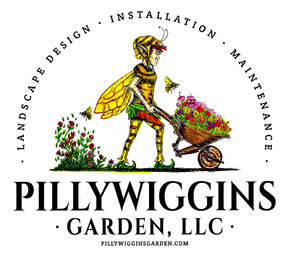|
We're noticing a disturbing trend in our area. Home owners are being grossly overcharged for improperly installed mulch and the results are much costlier than you'd imagine. This issue came to our attention early last summer prompting me to begin this blog post. I've struggled with the decision to publish it ever since. Although I feel it's important home owners are made aware of this problem, I've been hesitant to call out a competitor on their work and their actions. (That's not the Pillywiggin way!) Unfortunately, we're seeing this problem continue into the 2019 landscaping season. In effort to inform & protect our readers, here is your warning: If you use mulch in your landscaping, ESPECIALLY IF IT WAS PROFESSIONALLY INSTALLED, please read this post & immediately check your beds! Mulch 101 - Don't Be Fooled, Get Schooled!Spring 2018. Our phones were ringing off the hook with new customers seeking Spring Clean-Up Services. We met with potential clients, walking properties from Elk Rapids to Charlevoix. A surprising number were defecting from another landscaping service. We never ask. Most people just volunteer that information, especially if they're unhappy with their previous service. Each site presented its own unique challenges but it didn't take long to notice the one common thread linking them all to a single culprit. Improperly installed mulch. Every inch of it "professionally installed" by the same landscape company, one of the largest in our area. Lake Michigan, Atwood:
Torch Lake, Kewadin:
Round Lake, Charlevoix: We quoted 8 yards of mulch. The home owner was certain we had made a mistake. When Jason arrived on site the owner handed him a copy of XYZ's invoice from the previous year - 14 yards of mulch delivered & installed. Every year! Given the size & layout of the property there was absolutely no room to place that much mulch without leaving piles scattered about, but the home owner was certain. He was onsite when the work took place. The mulch was delivered in (1) truck load & spread the same day. He noted there was still mulch onboard the truck when they left. Did you catch the problem here? Don't feel bad if you missed it. The home owner missed it too, several years in a row. This home owner was overcharged for mulch by 4+ yards each year. How do we know? Because XYZ's largest dump truck holds 10 cubic yards! Of course, most customers would not know this. Even if they did, not all home owners are on site when the work takes place. It's not easy to determine how much mulch was actually spread once it's down. Understanding weights & measures is the first step toward safeguarding yourself from accidental or intentional overcharges on deliveries.
Prep Work Is Key To Proper Installation!Taking the time to properly prepare you beds can make a HUGE difference in their overall health & appearance! Remove Debris
Prepare The Soil
Edge Those Beds!
Proper ApplicationWhen applying mulch to an area for the 1st time:
When reapplying mulch to previously mulched areas:
Mulching around structures:
Rotted cedar shake caused by excessive mulch allowed to touch home. WANT HEALTHY TREES? NO MULCH VOLCANOES PLEASE! Finishing Touches:
Mulch OptionsNow that you know how to properly install mulch, which type of mulch should you choose? Well, that depends a lot on your site conditions & personal preference. We've listed the most popular options below & shared our thoughts on each. Pine Bark aka Red Pine Mulch Best for naturalizing disturbed areas. Breaks down into soil faster than hardwood. Hardwood Mulch Darkens with age. Breaks down into soil slower than pine bark & black-gold. Black-Gold Mulch Aged hardwood. Natural color adds interest to landscapes. Good for naturalizing. Breaks down slower than pine but faster than hardwood. Cedar Mulch The slowest to break down. Starts out golden in color, fades to light tan. Smells great! Good for high wind areas. There are many other mulch options available. However, we don't recommend using most of them.
Concerned about the safety of your mulch? Look for the MSC Certification logo wherever you purchase mulch. MSC (Mulch & Soil Council) Certification labels indicate which mulch & soil products are free from CCA treated wood.
3 Comments
1/17/2020 04:36:05 pm
It's interesting that black mulch is dyed with charcoal, but does it stay black once it rains? How long does it take for the color to fade? Also, I would like to know if charcoal is bad for plants.
Reply
3/20/2023 03:10:49 am
Great post! I am actually getting ready to across this information about mulch.
Reply
Leave a Reply. |
Categories
All
Archives
July 2024
|
A Blog for Art, Garden & Nature Enthusiasts
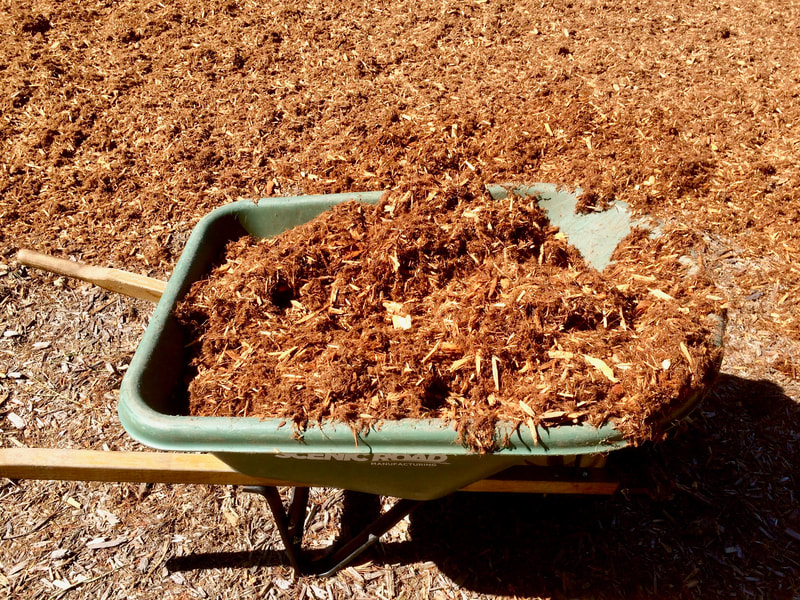
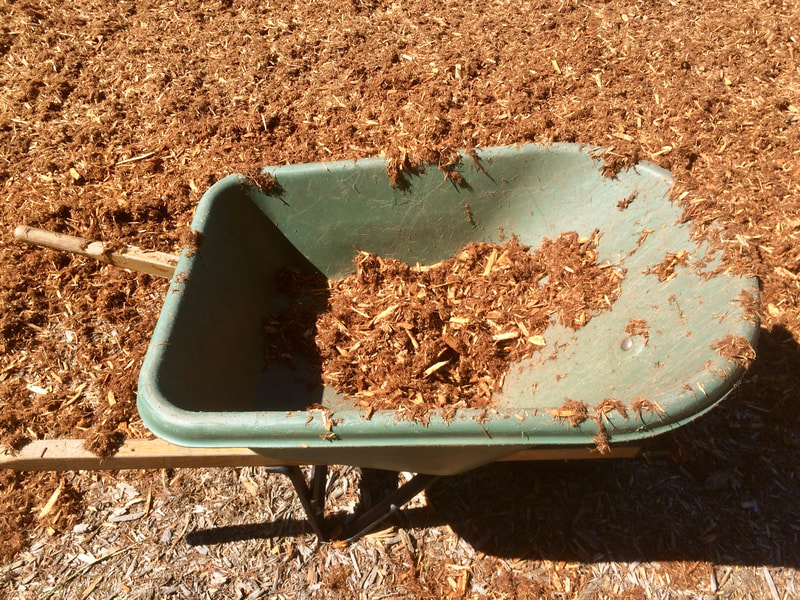






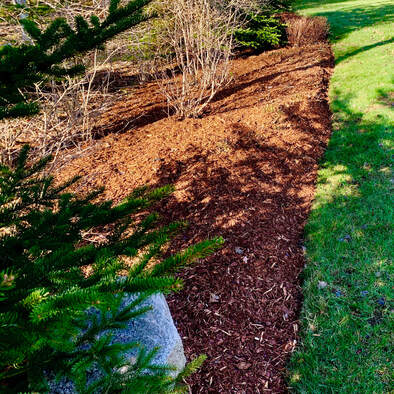
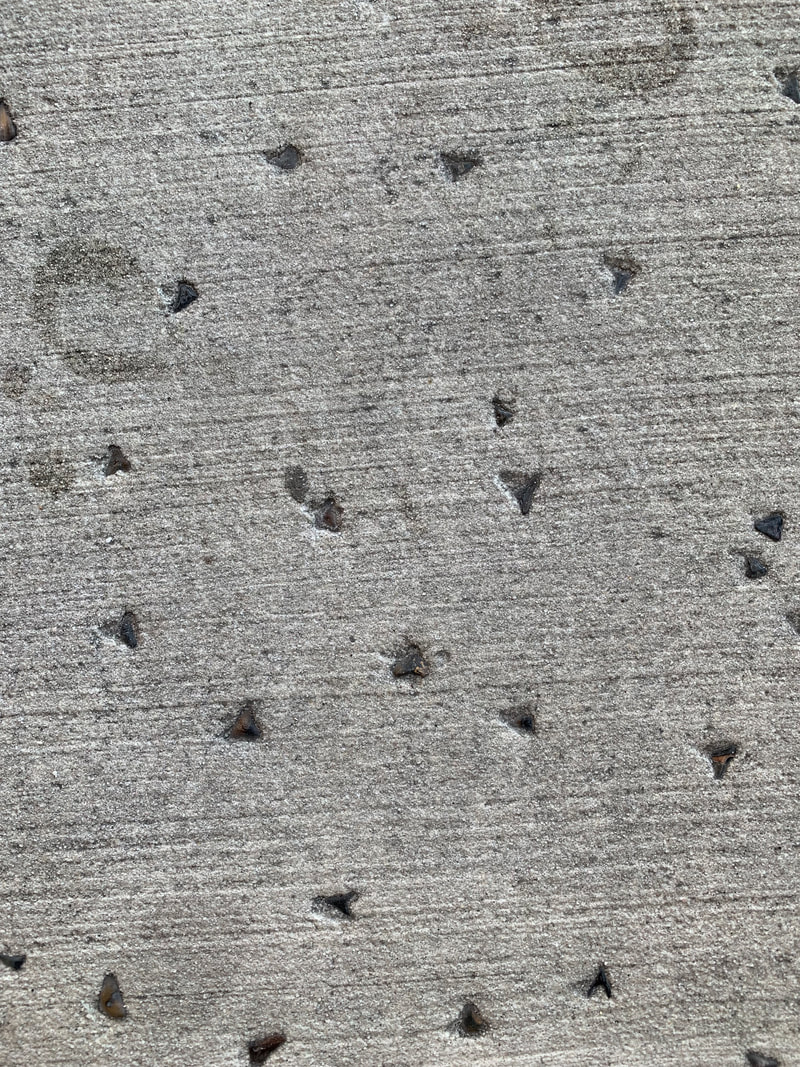

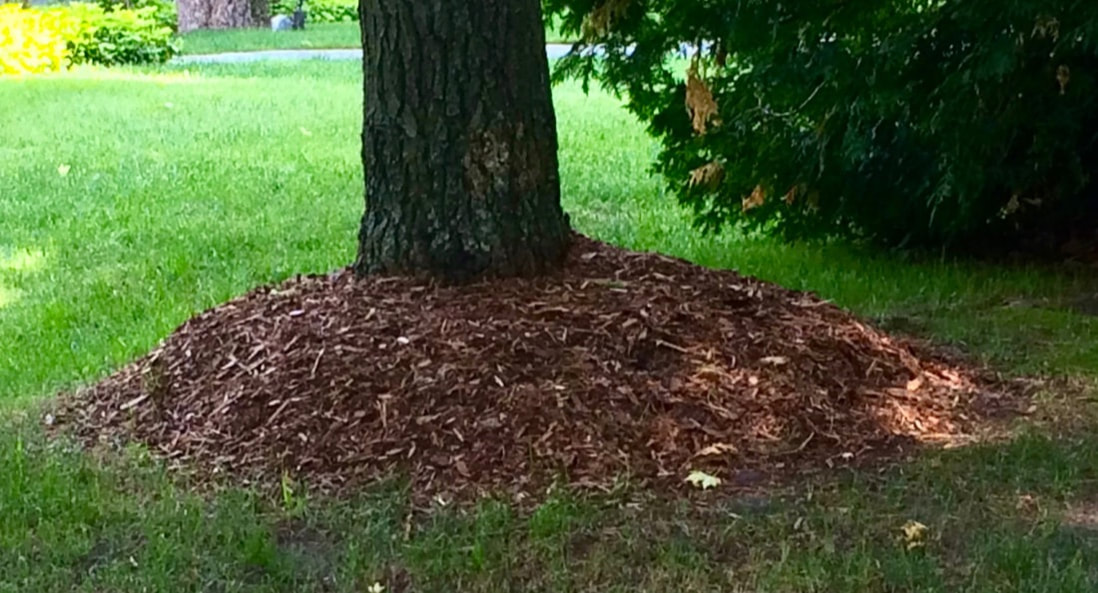
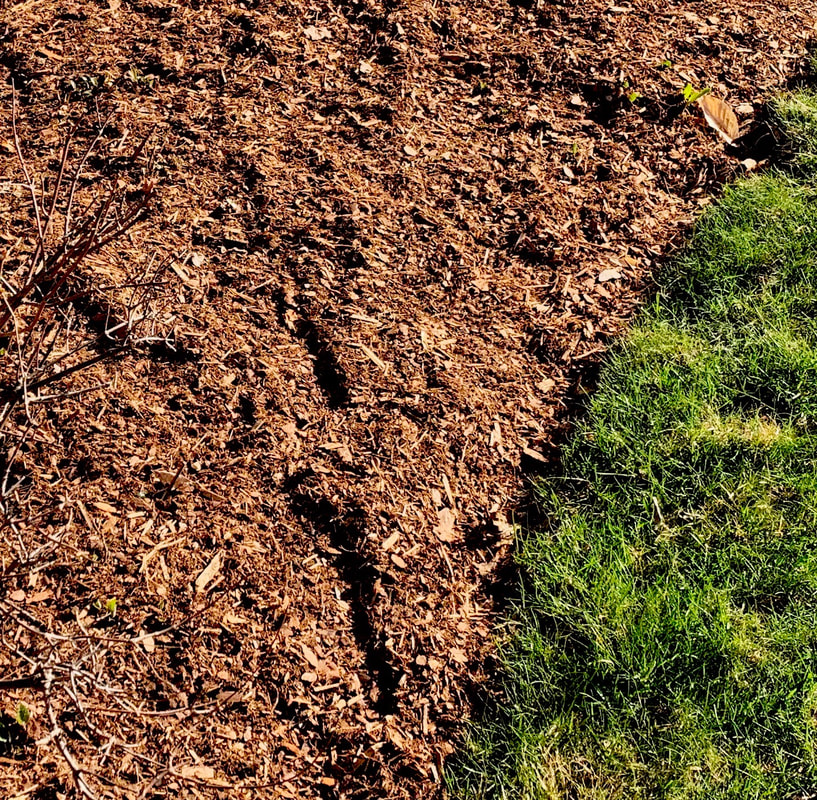


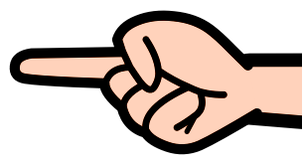
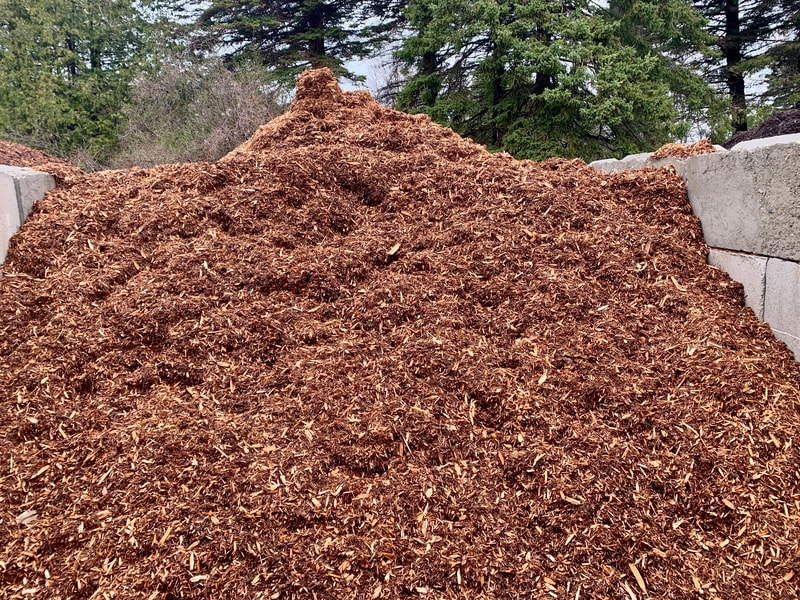

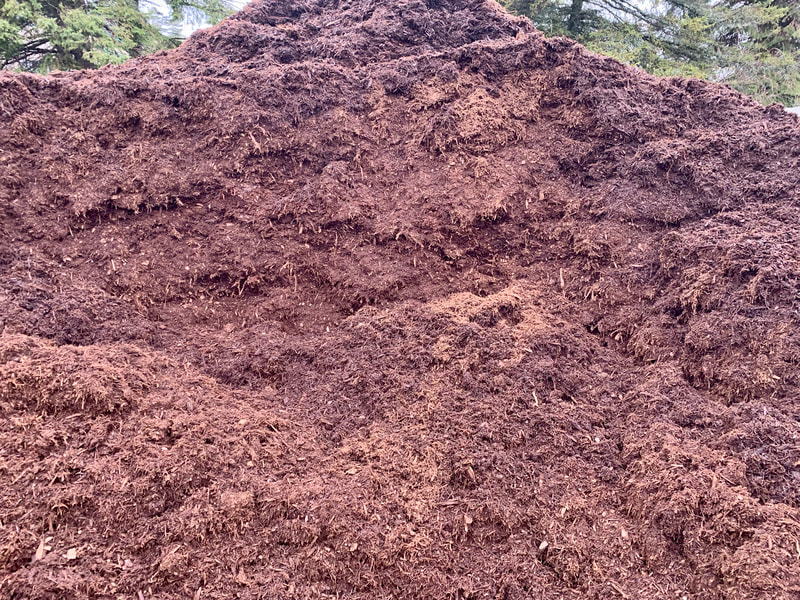
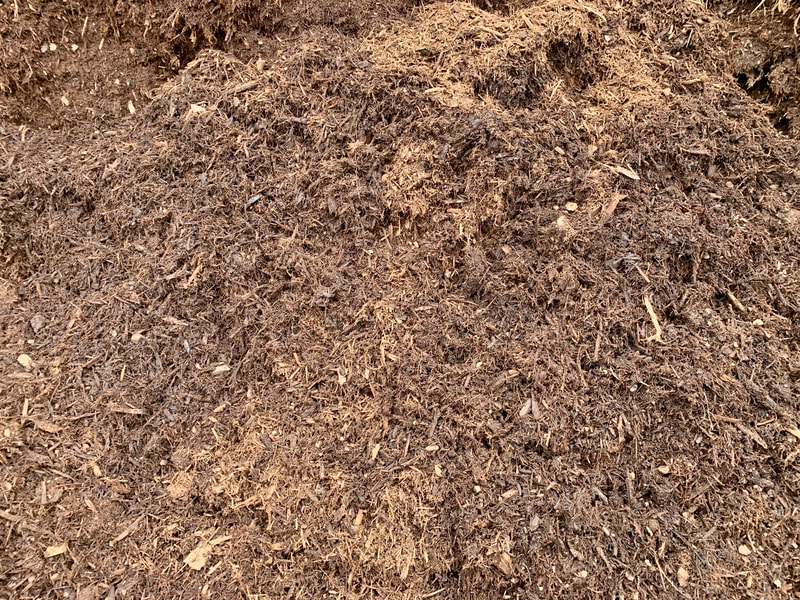
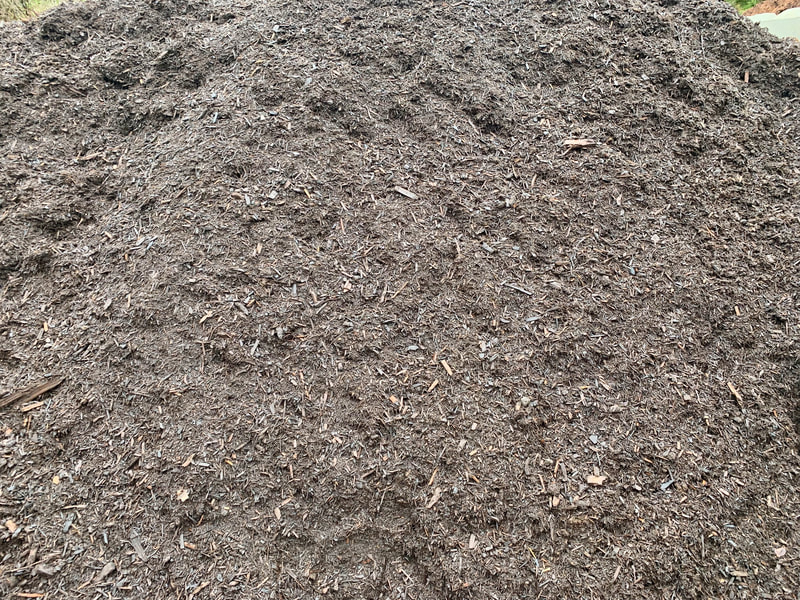
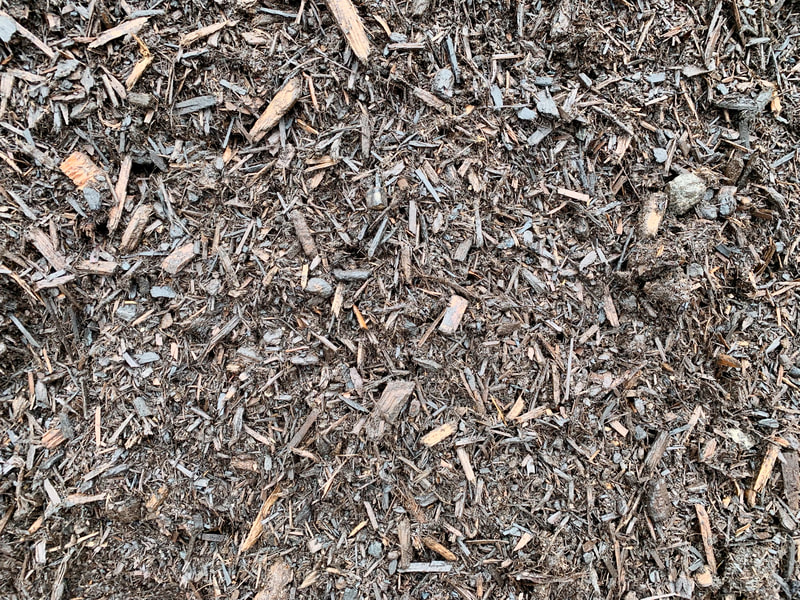
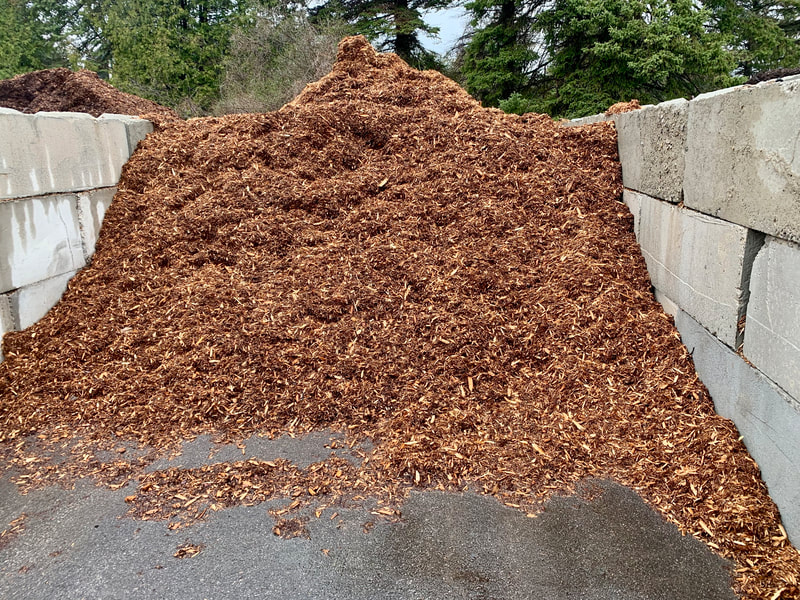

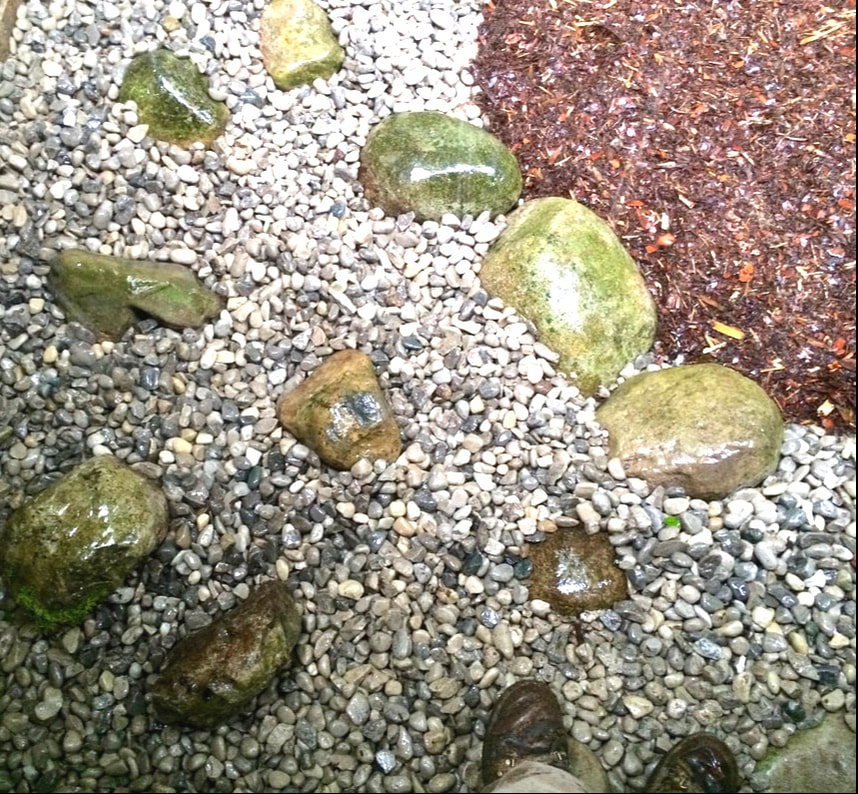




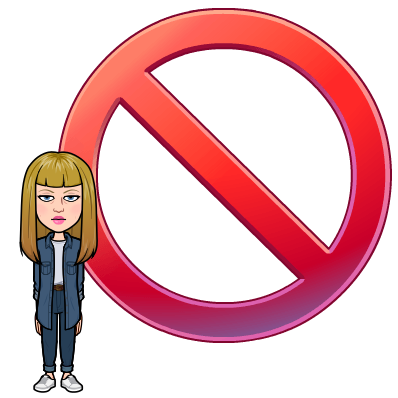




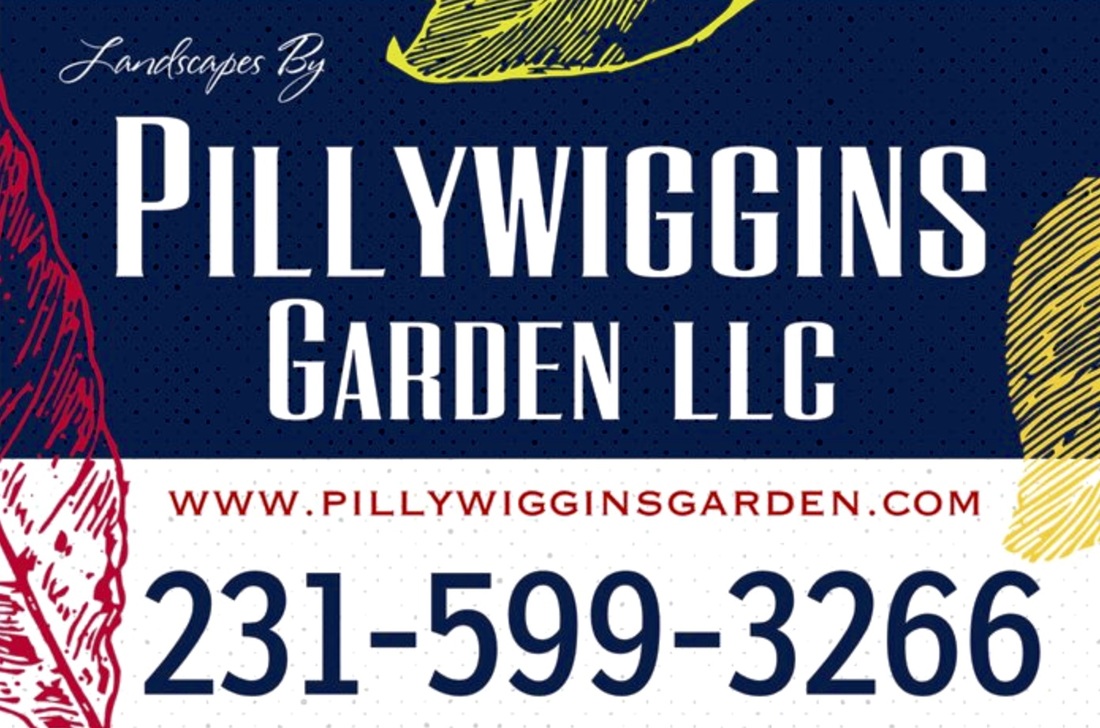
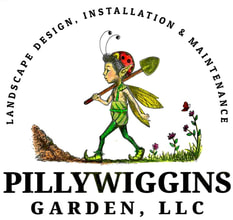
 RSS Feed
RSS Feed
